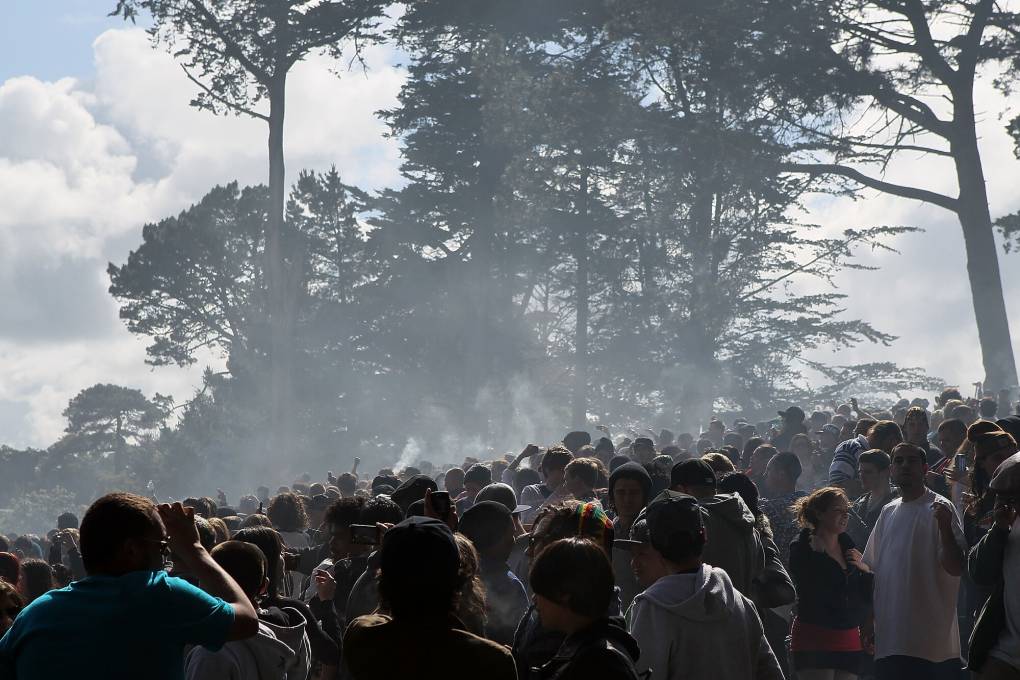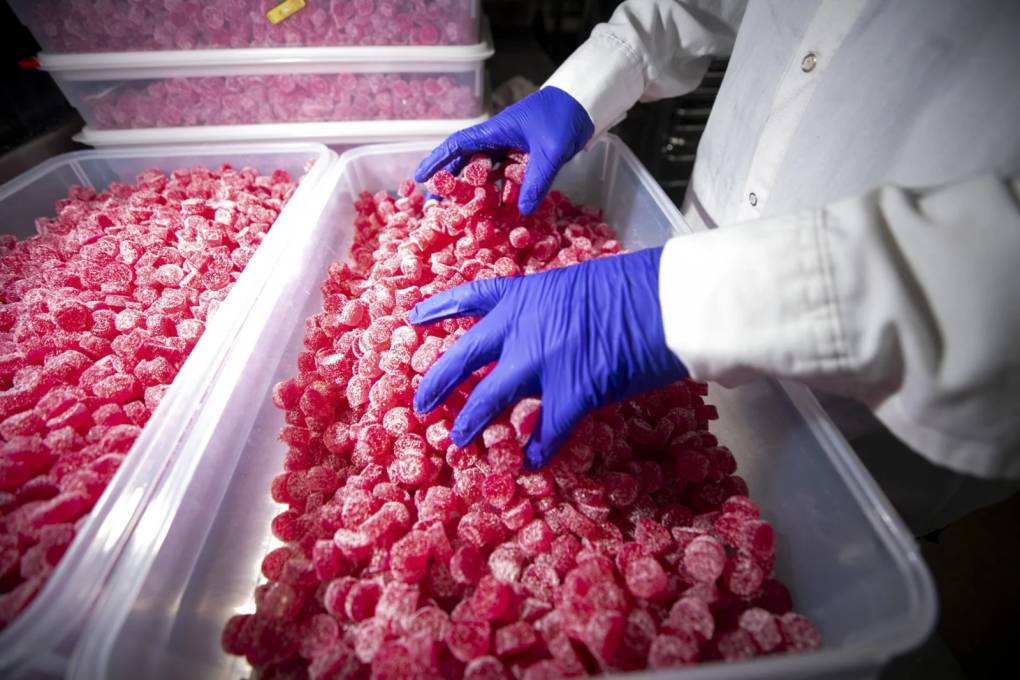The Santa Rita Hills, nestled in Santa Barbara County, are ideal for pinot noir, a notoriously finicky grape. That's why Kathy Joseph came here to plant Fiddlestix Vineyard.
California's Largest Legal Weed Farms Face Conflict From Winemakers
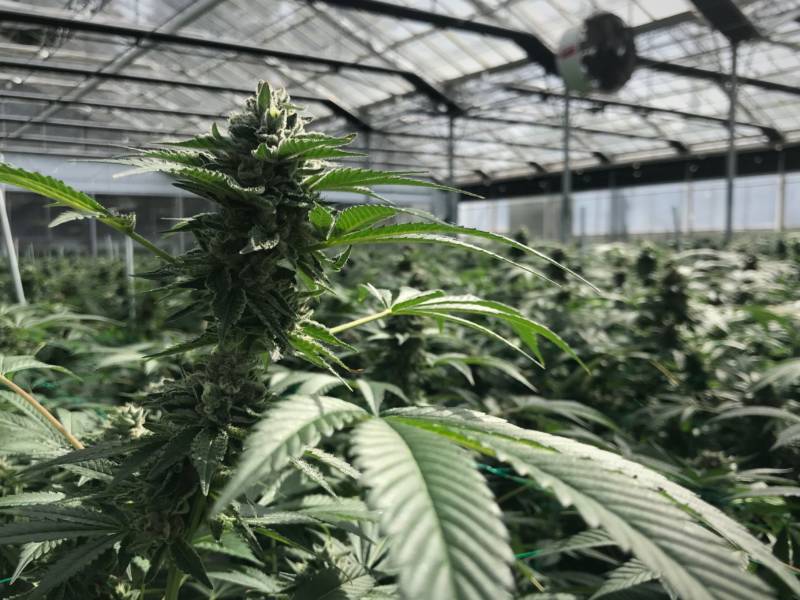
"The plants are over 20 years old, which comes through in the wines we make. The topography is just right; the proximity to the ocean is incredible," Joseph says. "Difficult to find a pinot noir district this good."
Neighboring grape vines extend to the west as far as the eye can see. In the other direction, there's a new neighbor in town. This spring, a cannabis farmer started building hoop houses on the 100-acre parcel. So far, a quarter of the land is growing pot. Joseph has seen plenty of vegetable farms there before.
"We've lived together with other vegetables, lettuces and cauliflower, and broccoli and snap peas, and walnuts very happily," she says.
But this new crop is different. In June, Joseph learned that the fungicide she has been spraying on her grapes for decades could be drifting onto the cannabis. Unlike food crops, cannabis can't be sold if there's any trace of fungicide or pesticide in it, according to state law. So while the county investigates, she's using a more expensive and far less effective spray on the grapevines that are nearest to the cannabis farm.
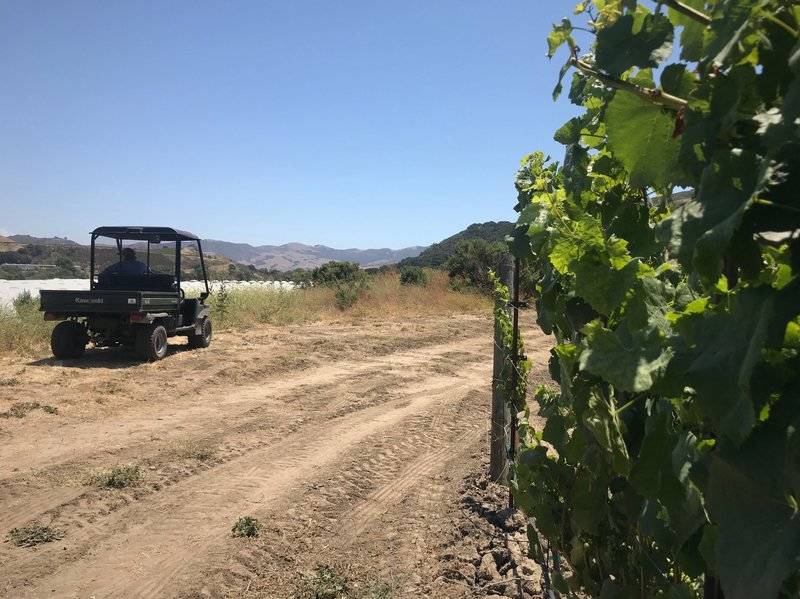
"We may lose crop because we can't protect it," Joseph says.
Joseph, and other Santa Barbara County residents in the southern city of Carpinteria, say the county has been excessively permissive toward cannabis.
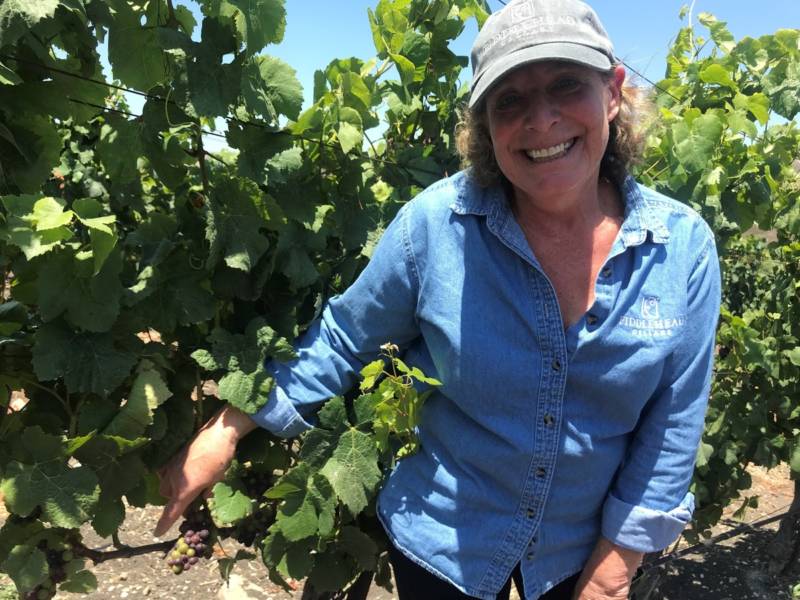
"I have nothing against cannabis. It existed whether it was legal or not legal, and this just allows it to be controlled a little bit more responsibly," Joseph says. "But that isn't what happened."
California passed Proposition 64 in 2016 with 57% of voters in favor of legalizing recreational marijuana, but regulation of cannabis cultivation was left largely up to the counties.
More than half of California's counties decided to ban recreational cannabis cultivation, according to local ordinances.
Of the counties that do permit cannabis cultivation, Santa Barbara has issued the most legal permits in the state. Proposition 64 banned licenses for over 1 acre of land until 2023, but farmers can still "stack" licenses or combine small permits for neighboring plots of land.
That's what the cannabis farmer neighboring Fiddlestix Vineyard did. John De Friel has nearly 100 separate permits for neighboring plots of land, creating two of the largest legal pot farms in the U.S.
He says conflicts with other farmers are as old as agriculture itself. He's just the latest newcomer.
"It's just farmers learning to farm next to each other, which is not new for California," De Friel says of his Raw Garden farm.
At the heart of his operation, there is a warehouse full of shipping container-sized refrigerators. Here, he and his team examine and crossbreed thousands of seeds in pursuit of the perfect cannabis plant.
"Our focus really has been just asking what can this plant do?" De Friel says. "How many different traits are there to make measurements on? How do we make the best measurements?"
He takes the same scientific and strategic approach to most things. For example, when California legalized recreational pot, he called each of the Santa Barbara County supervisors and went to 65 planning meetings.
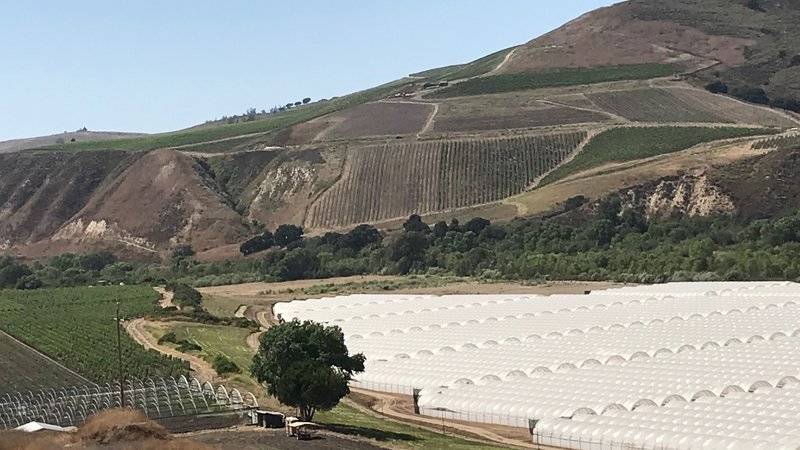
"We participated in the political process, we went to public meetings, we gave feedback," De Friel says, "We exercised our First Amendment right to the freedom of speech."
The county listened to De Friel and other cannabis farmers and passed one of the most cultivation-friendly ordinances in the state. Up until July, Santa Barbara didn't have a cap on the number of acres that could be cultivated countywide. County Supervisor Das Williams says the county aimed to bring as much cannabis farming as possible into the legal sector.
"Maybe we were a little too permissive at first," Williams says. "Now we're getting to be more restrictive."
Other traditional California agriculture is also facing challenges living side by side with the new crop. In Carpinteria, avocado farmers are facing a similar dilemma as north county winemakers. Scott Van Der Kar has an avocado, lemon and cherimoya farm and can't spray the pesticides he has been using for decades.
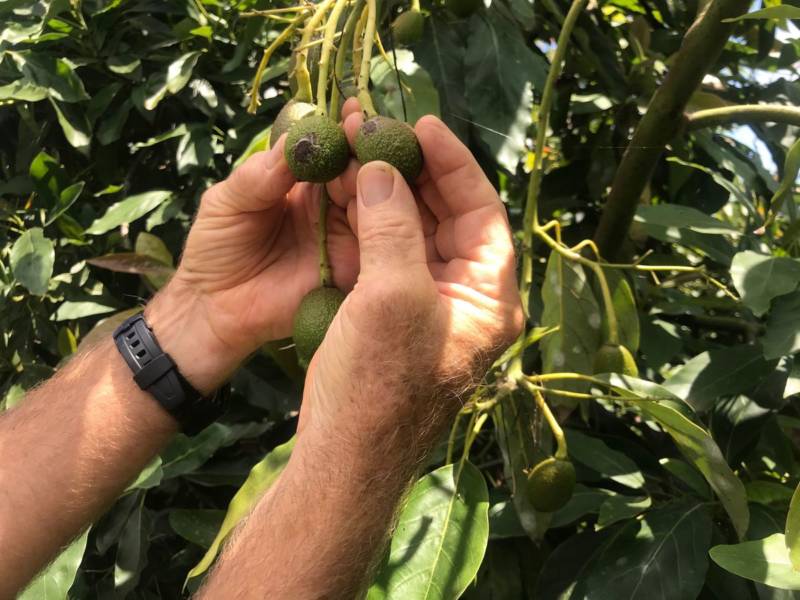
"Trying to accommodate the cannabis growers is really difficult for us, the growers who have been here who have a food crop," Van Der Kar says.
But cannabis isn't a new crop to California or Santa Barbara County, it's just newly regulated and newly taxable. Peter Rupert teaches economics at UC Santa Barbara and studies the economics of cannabis. His findings suggest the county's wine is valued at about $120 million, while its cannabis is worth about $180 million, but on a tiny fraction of the land. He says the county is positioning itself to earn significant tax dollars from cannabis.
"Growing here in California is easy," Rupert says. "My guess is once they open interstate commerce in cannabis, you know California will really take over."
But farmers and winemakers like Kathy Joseph say they hope the budding industry won't hurt traditional crops in the meantime.
Copyright 2019 NPR. To see more, visit https://www.npr.org.

